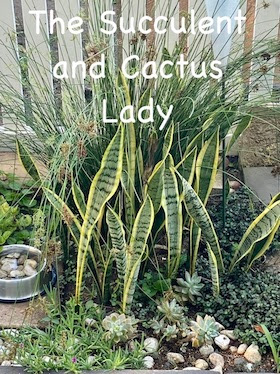Crassula in a planter on my patio- this one gets morning sun and afternoon shade, the soil is nice and porous and it's beautifully green and spreading
When we moved from our previous property 10 years ago, I brought a few of my favourite cacti and succulents with me and a small Crassula was stuck in the soil with one of the plants. These beautiful tiny succulents spread easily by falling ‘seeds’ (their tiny little leaves) and I am now lucky enough to have a large number of clumps throughout my garden.
Crassulas prefer very porous soil, and it is preferable to drench them well and allow the soil to dry somewhat between waterings. They enjoy cool summer conditions, good light, and good air circulation. High heat in the summer, when they are dormant, will often cause lower leaves to drop. Crassula need winter warmth and will sit and sulk if kept damp and cold.
Crassula is easily propagated by just breaking off a piece and sticking it into the soil and before long you will be rewarded by a lovely, spreading little plant.
Crassula sharing a pot with an aloe and some Echeverias. Besides the fact that it receives full sun all day long, the ground on this pot is a bit compacted now and the Crassula is looking worse for the wear. Will be lifting all these plants, putting in new soil and move it to a spot where it is out of the midday heat.
::





No comments:
Post a Comment